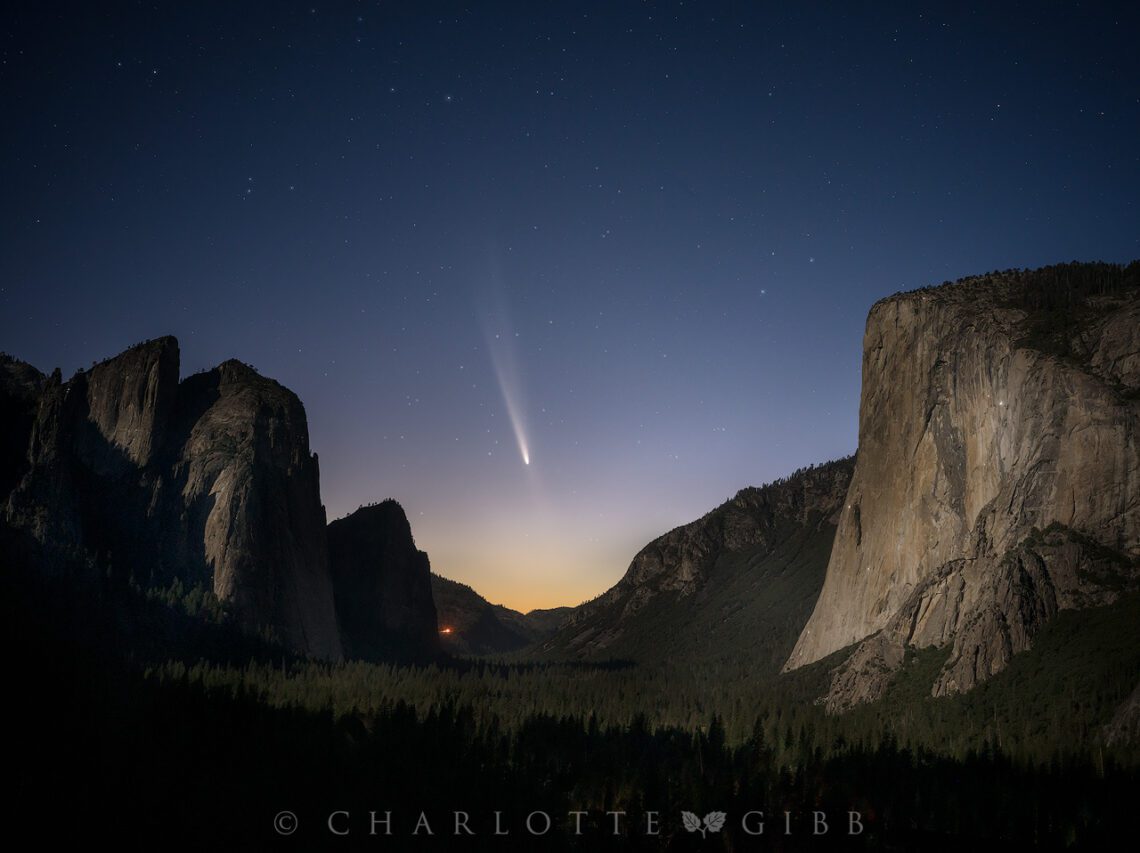
Best of 2024 — A Year in Review
The past couple of years have been quieter for my photography. My creative energy has been focused on teaching and building our family’s new home in the mountains—a project I’ve come to think of as “the single biggest creative endeavor of my life.”
When I look back on 2024, I see yet another shift in my focus. Wildlife photography played a bigger role than usual, with birds and animals popping up more frequently in my work. Photographing wildlife has always been a joy for me, but this year I made a more deliberate effort to seek out these experiences, and I loved every moment.
Yosemite National Park continued to inspire me in ways that never fail to surprise me. It’s a muse I’ll never tire of, constantly pushing me to do better. I was honored to exhibit again at The Ansel Adams Gallery in the spring, and I’m so grateful for the overwhelming support the show received.
Teaching also brought some wonderful experiences this year. I had the privilege of working with Out of Chicago at their Big Sur and Grand Tetons conferences. However, I’ve decided to cut back to teaching only two conferences in 2025 to focus on personal projects—and, perhaps most exciting of all, to prepare for becoming grandparents!
Another big milestone ahead is the completion of our Wawona home, which we’re hopeful will be finished by the end of 2025. My fondest wish is to celebrate next year’s holidays there, in the heart of Yosemite National Park. If you’d like to follow along with the progress, I’ve created a dedicated Instagram account for the project: @wawonadiaries.
Wishing you and your loved ones all the best in the coming year!
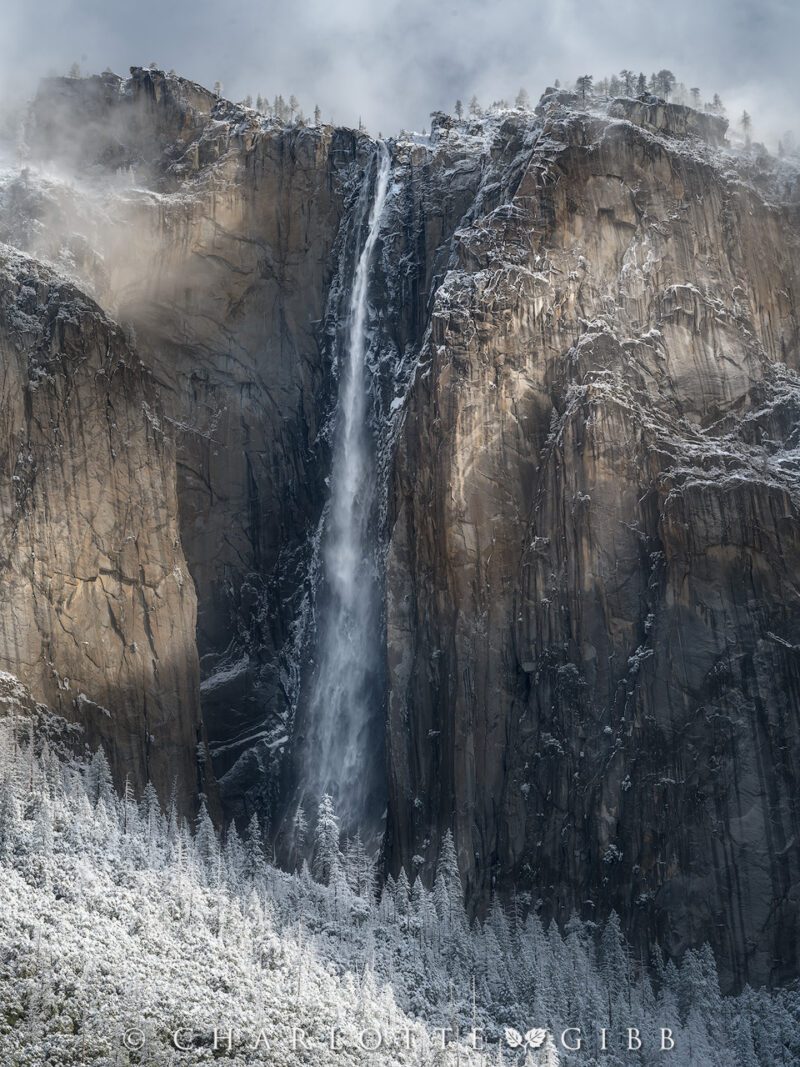


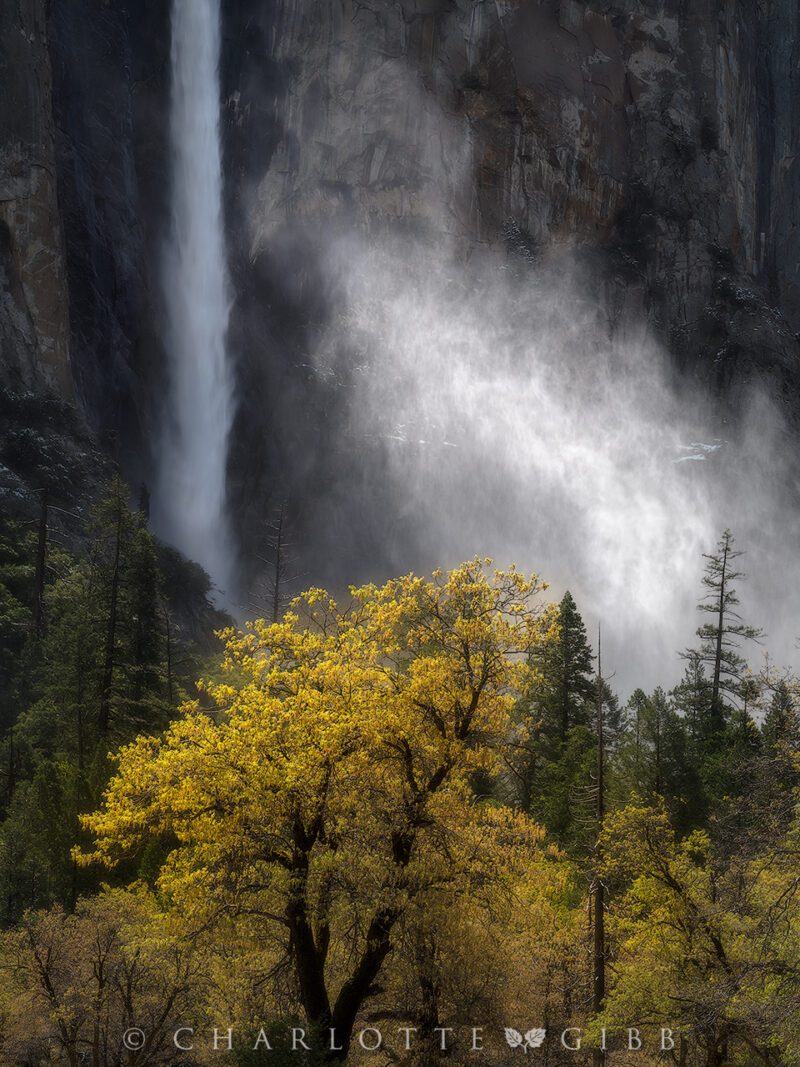
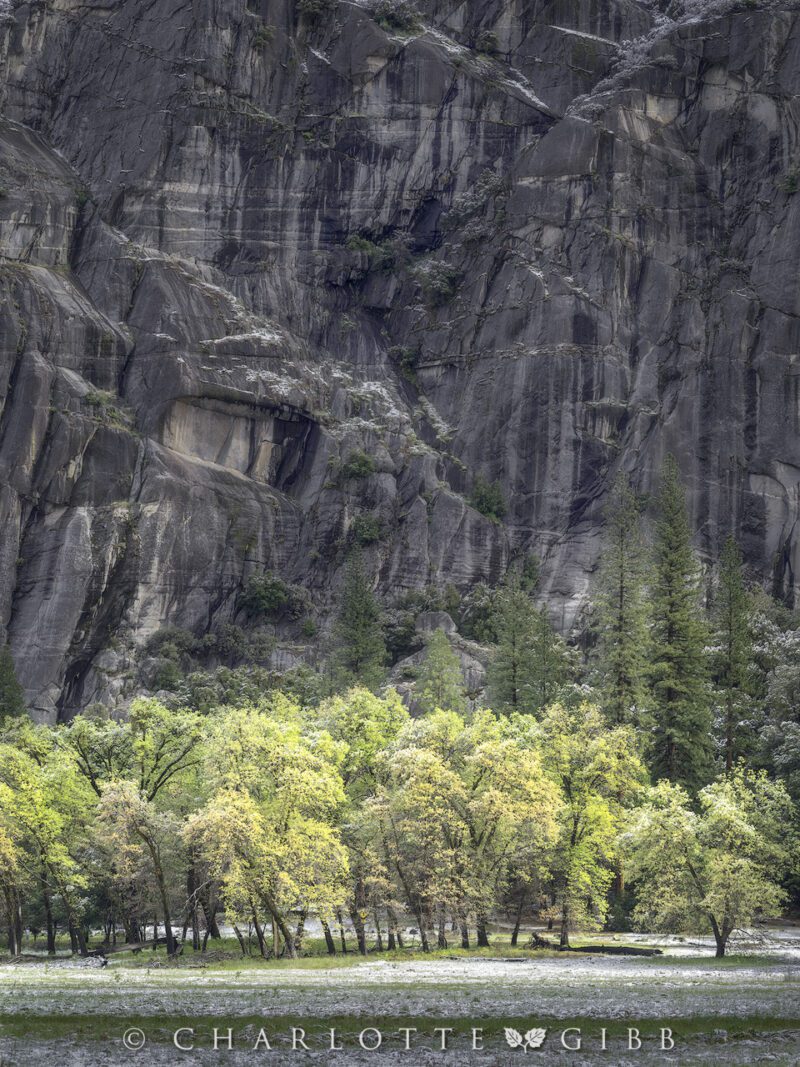
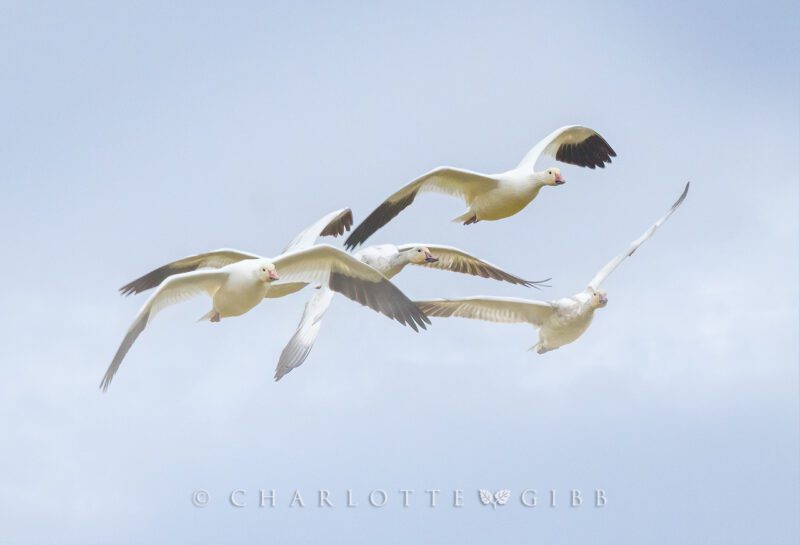
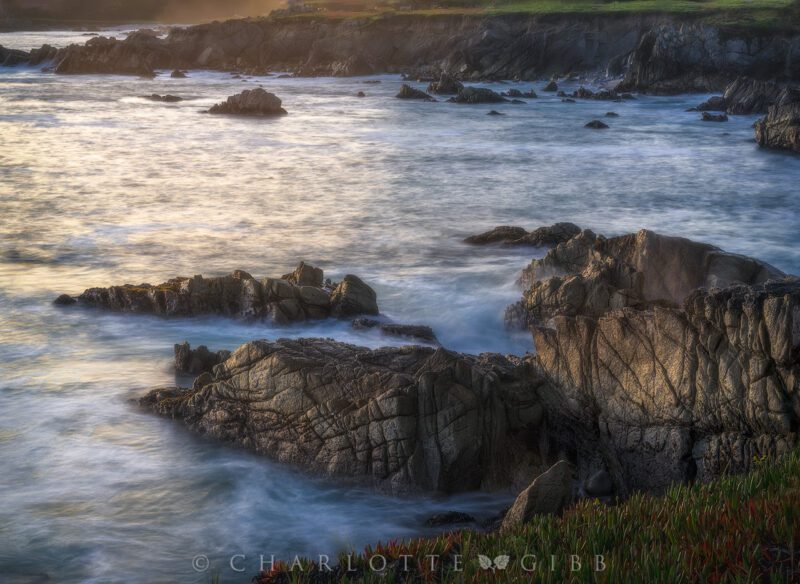
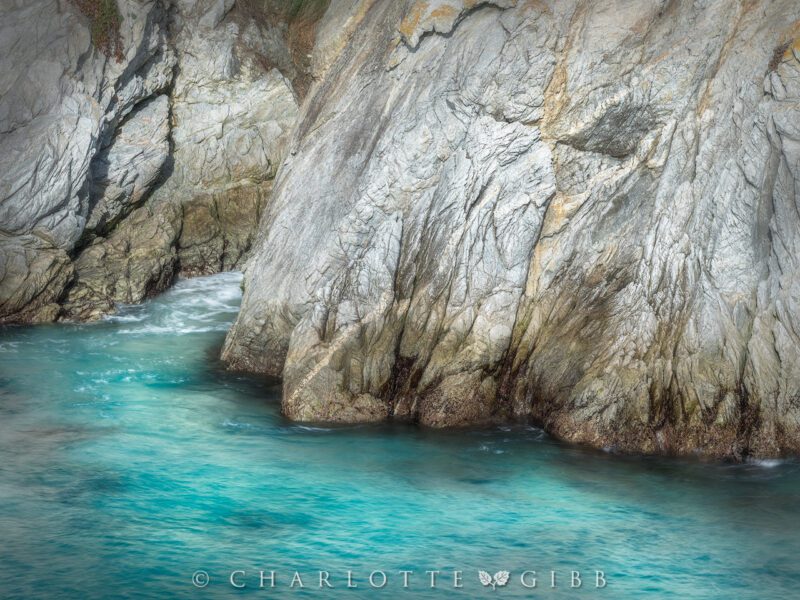
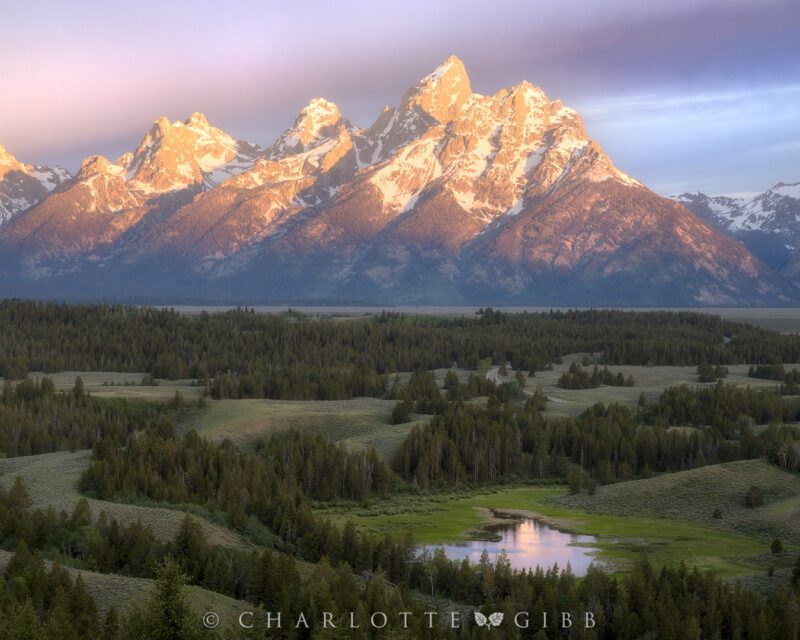
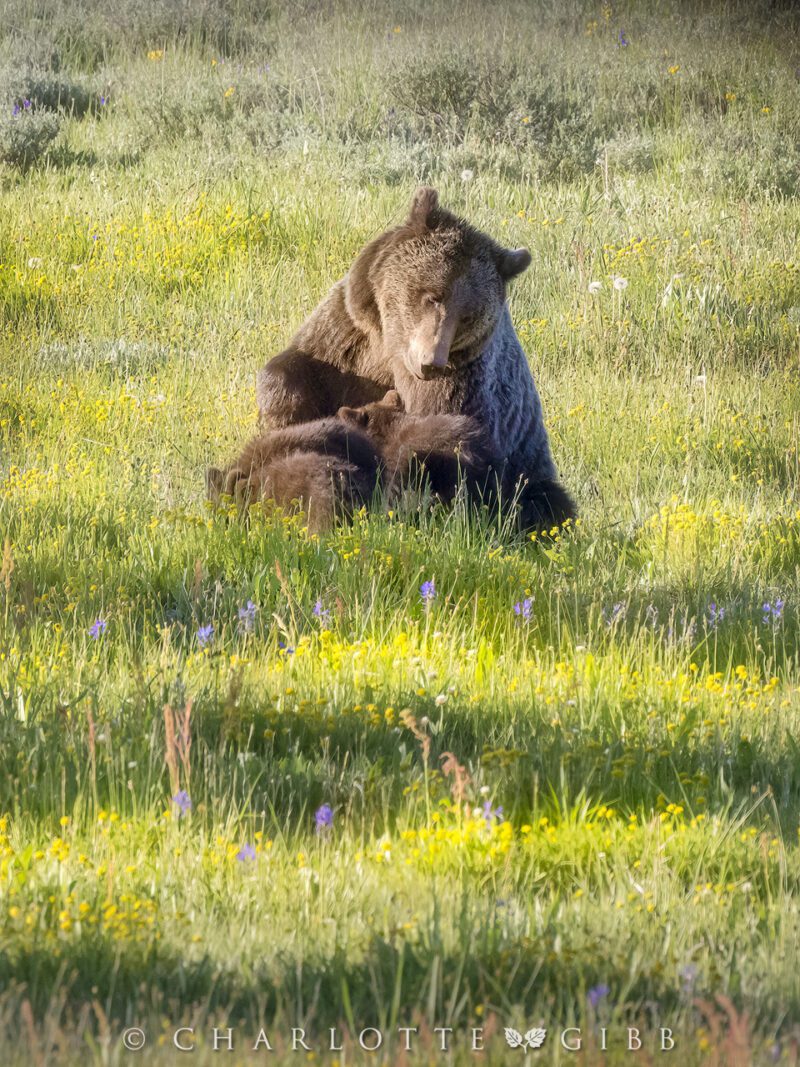
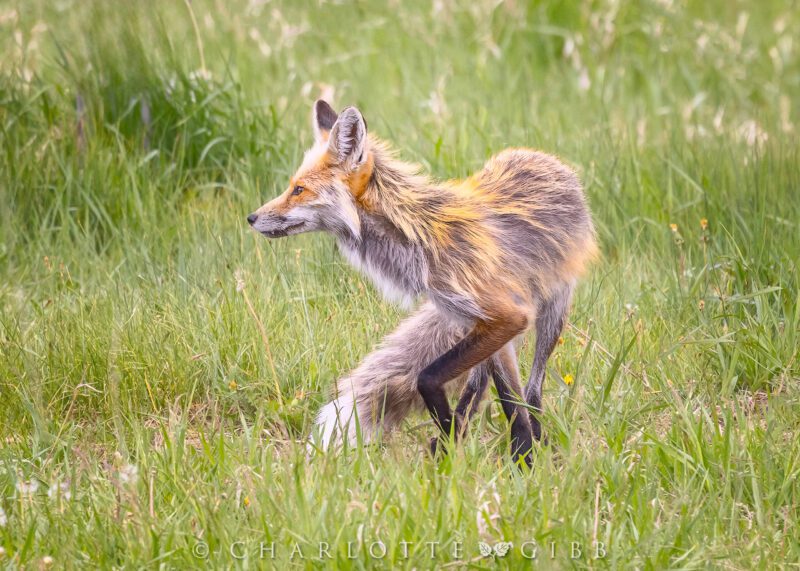

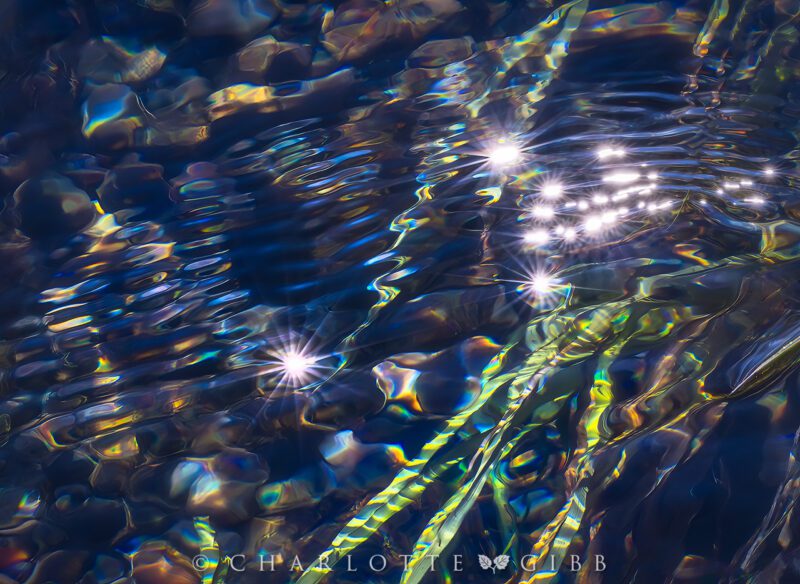
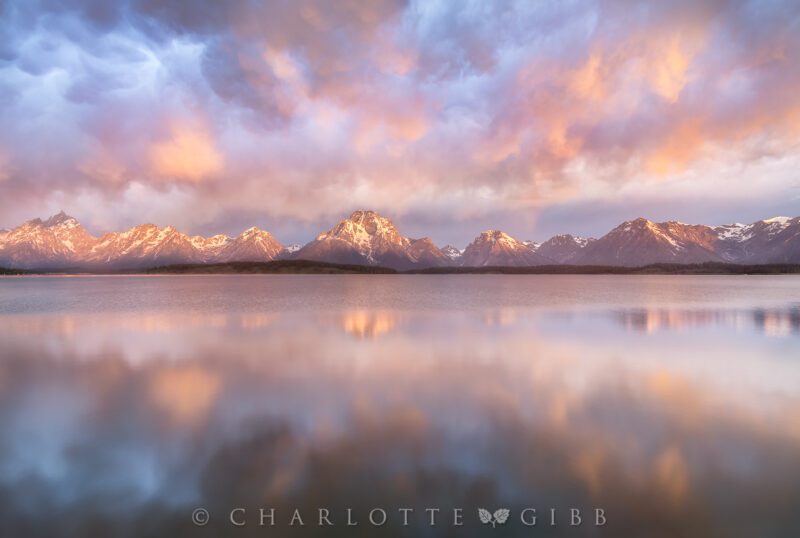
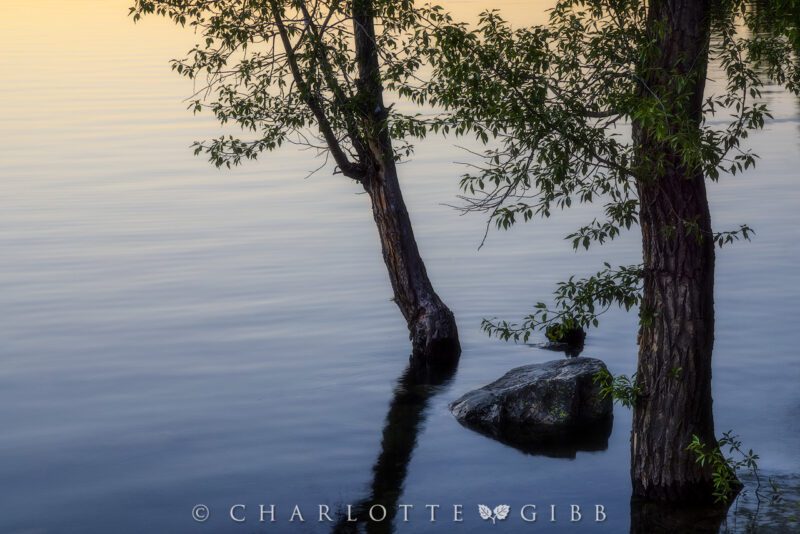
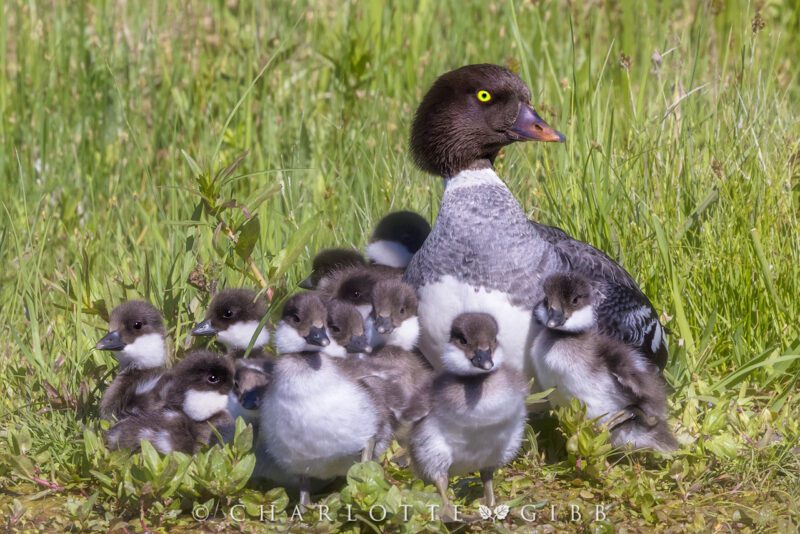
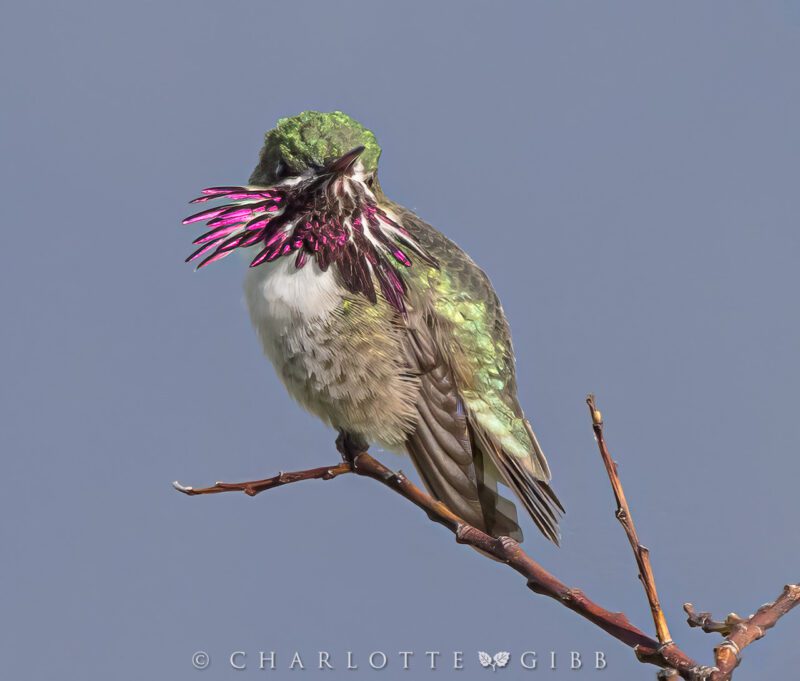
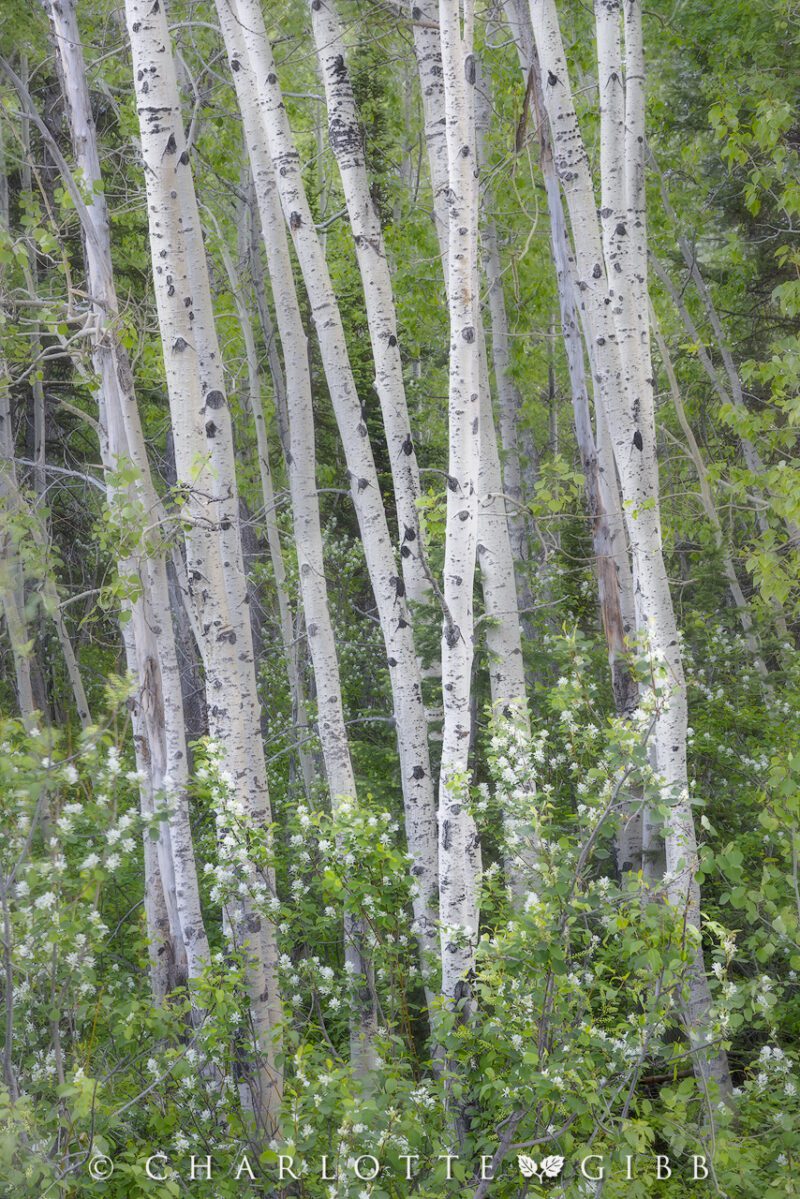
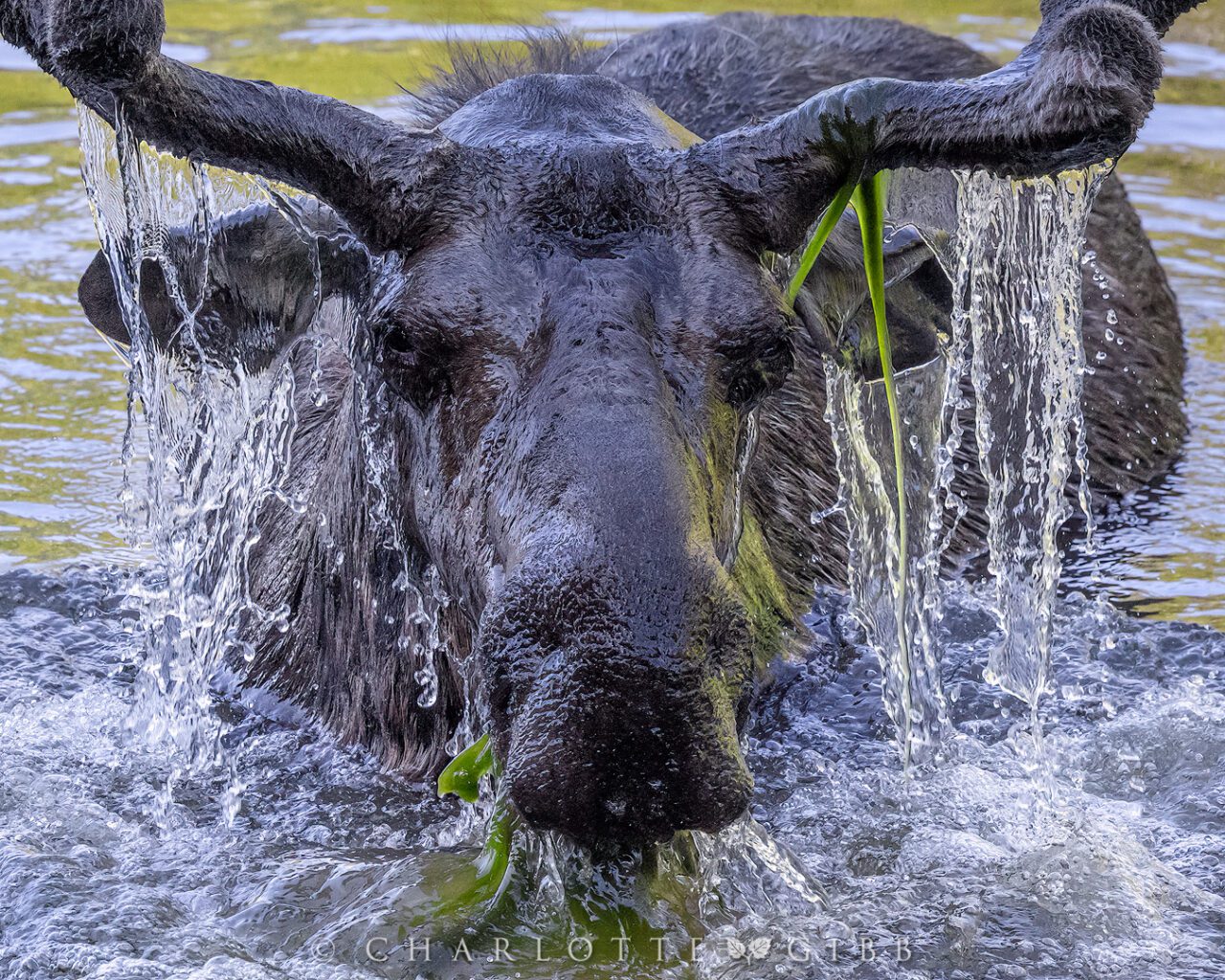
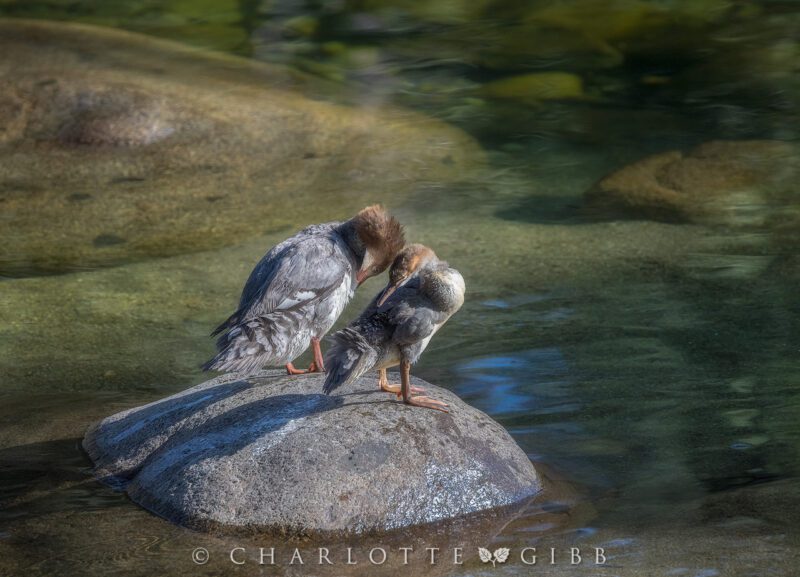
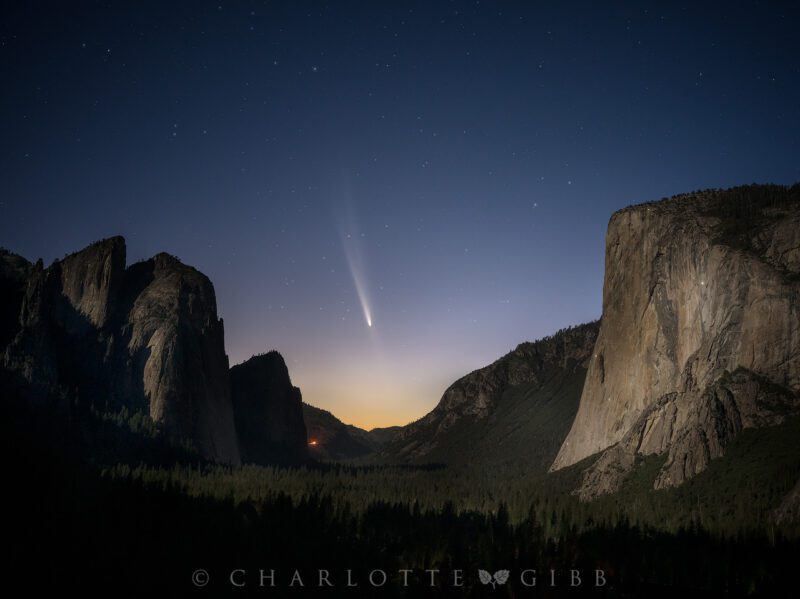
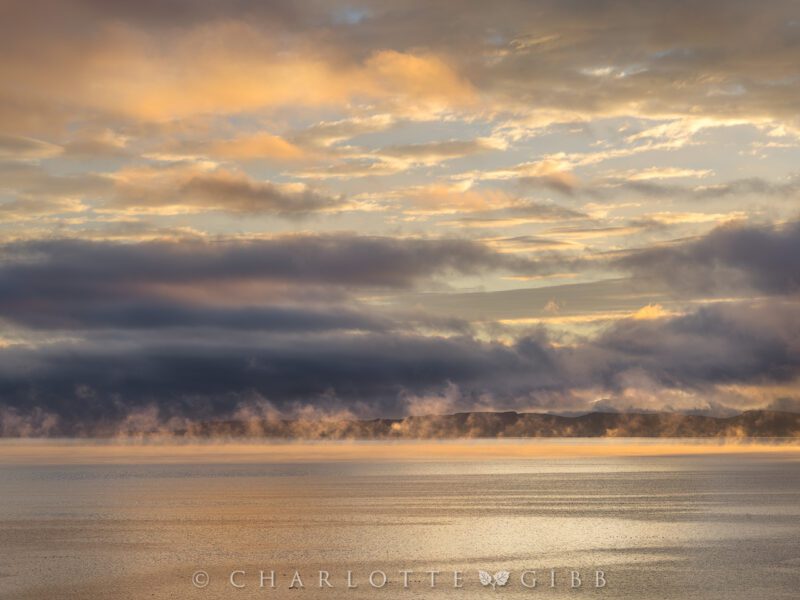
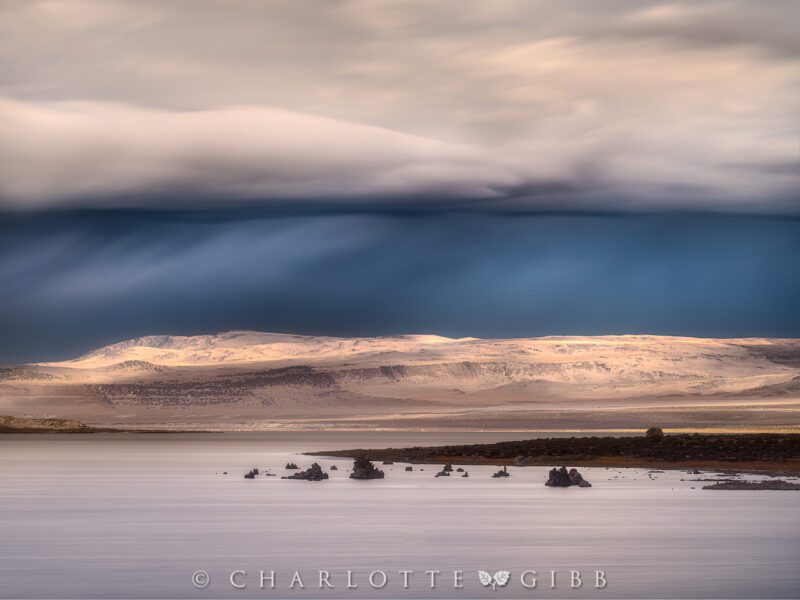

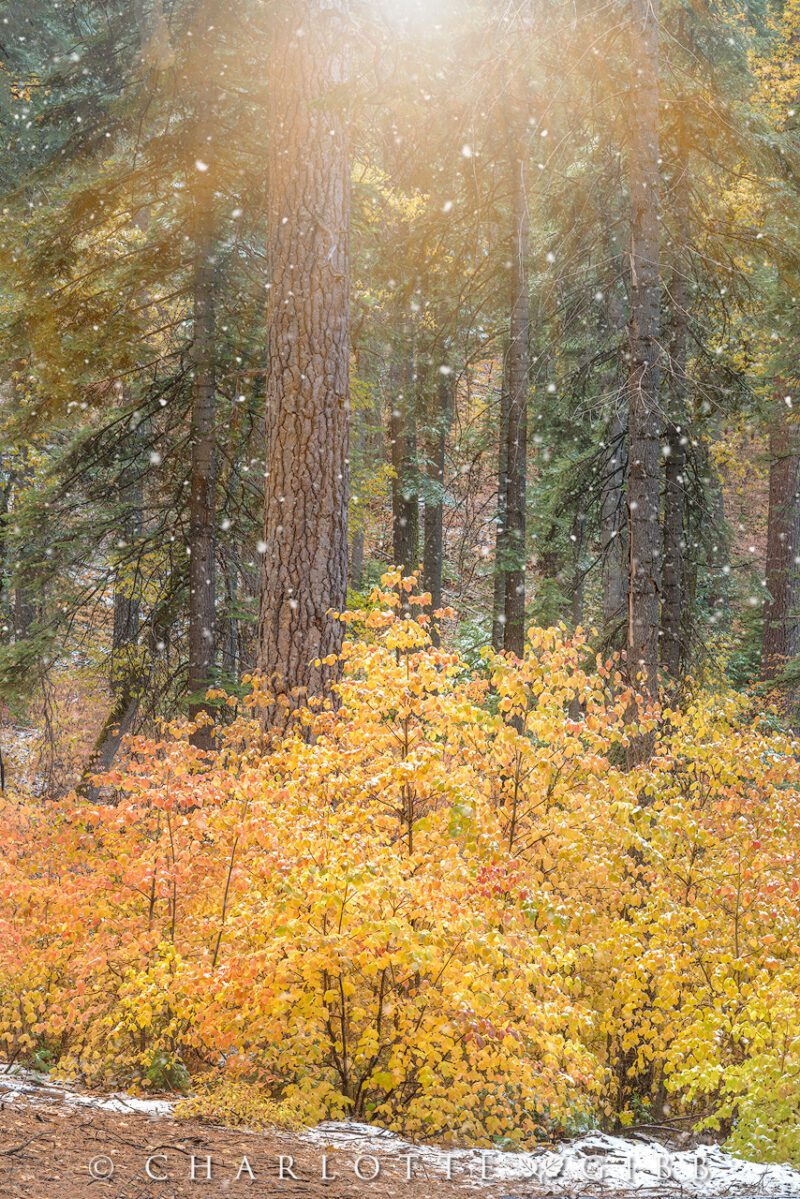
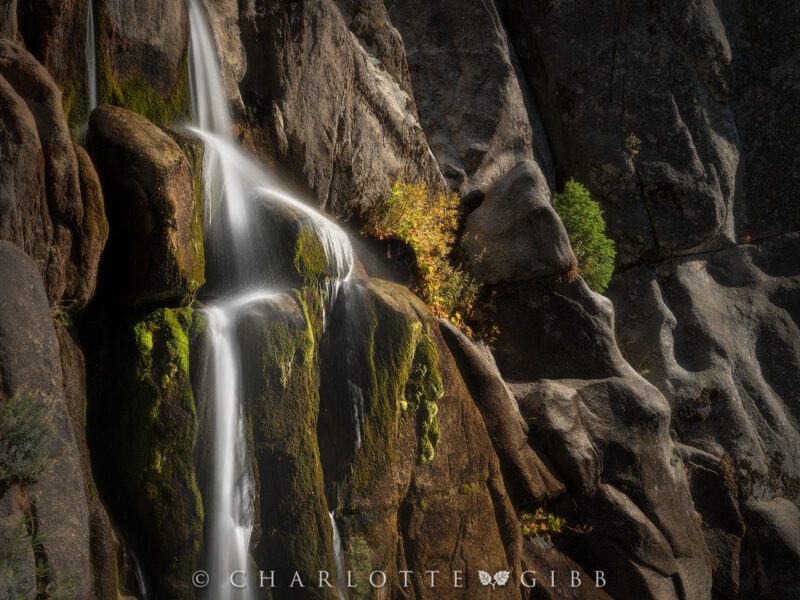

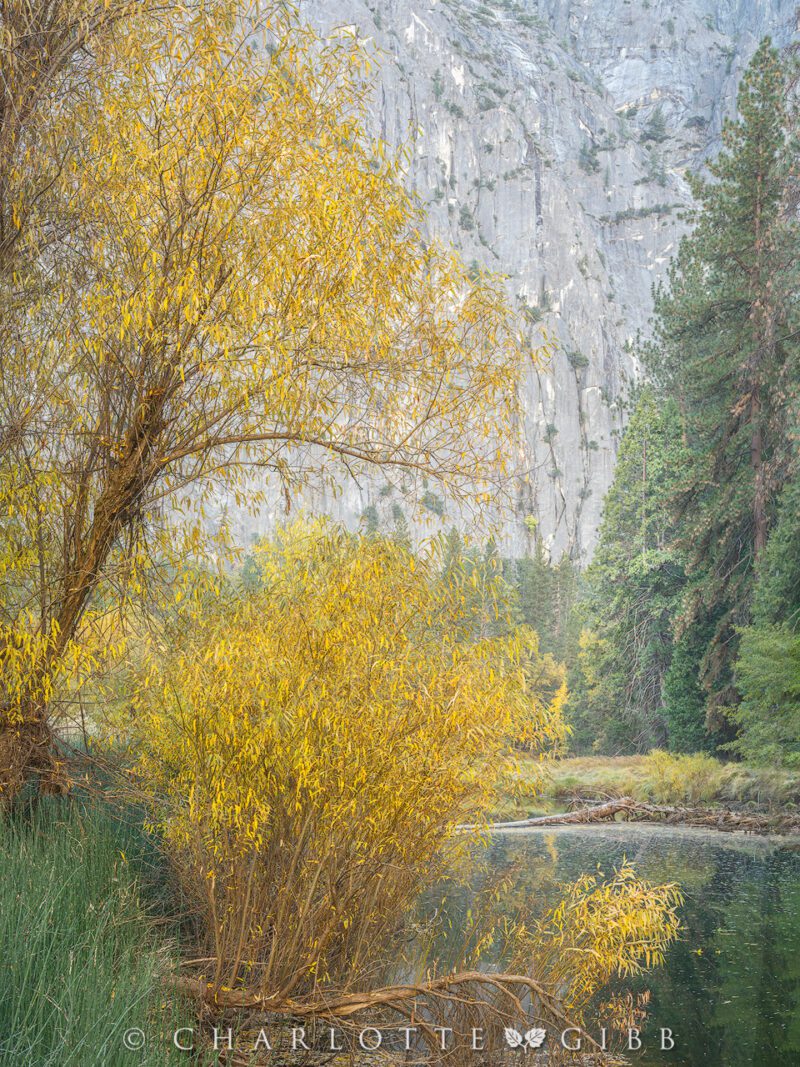
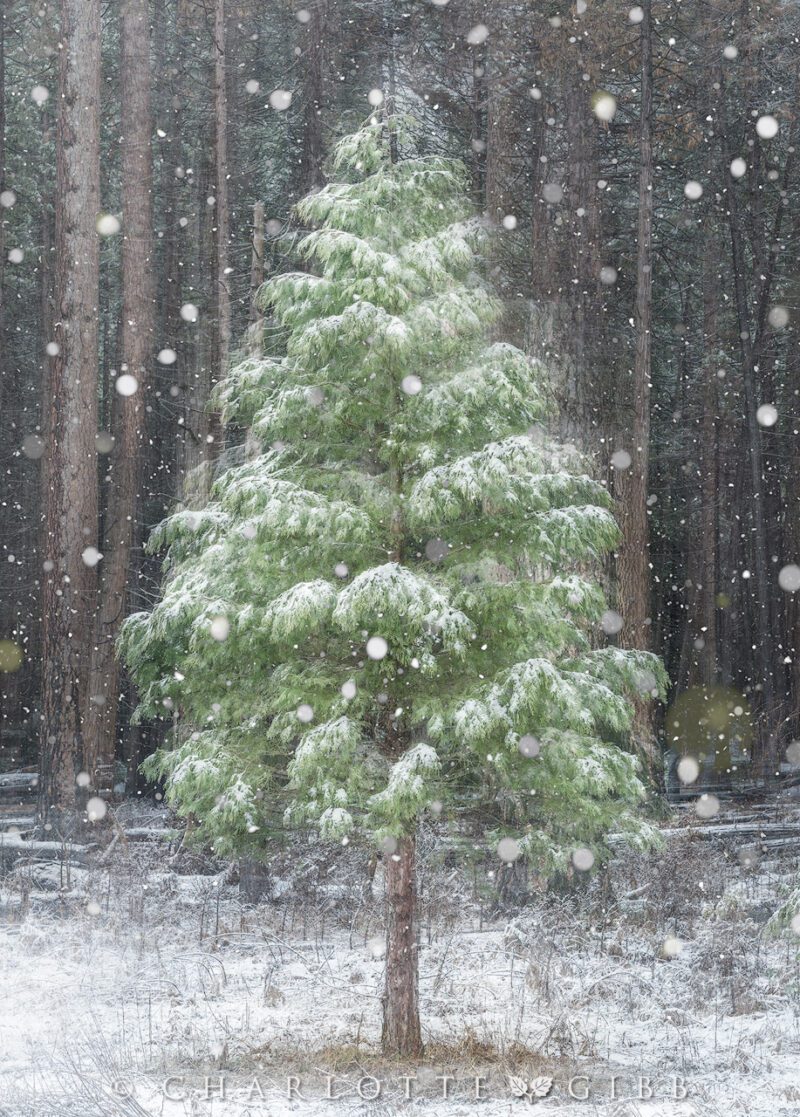
charlottegibb
Charlotte Gibb is a contemporary fine art photographer based in the San Francisco Bay Area specializing in landscapes of the Western United States. Her images are often taken in familiar places for the well-versed landscape photographer, but she prides herself on her keen eye toward the subtle and sometimes overlooked beauty of the natural world. Growing up among the beautiful mountains of Northern California, she considers herself a student of life, learning about people, nature, music, and photography along the way. But always, her life-long passion for the wilderness shines through it all. Charlotte earned her Bachelor of Arts degree from the Academy of Art University in San Francisco and has exhibited her work in several solo shows throughout California. Her darkroom, long gone now, has been replaced with digital darkroom tools, and her style has evolved from a somewhat journalistic approach, to one that pays tribute to the natural world.




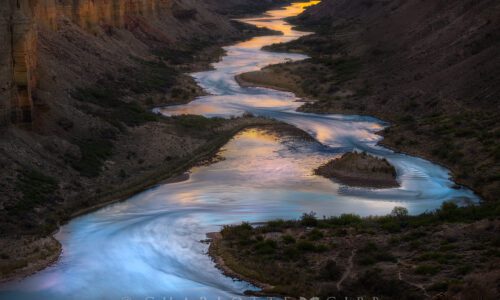
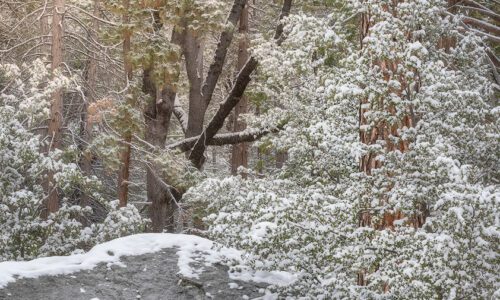
28 Comments
Karl Chiang
Incredible captures for 2024. Hope 2025 is even better. Your last pic of the lone pine looks like a Christmas card but even that concept seems to be fading with current culture. Alas. Wishing you a Happy New Photographic Year!
charlottegibb
Thank you, Karl! The Lone Pine photograph was meant to be a Christmas message, so I’m glad to know that you recognized the concept. I hope you have a great year as well, both personally and photographically!
Michael White
Love your collection. Great job!
charlottegibb
Thank you, Michael!
Don Mohr
A truly inspiring collection! Among many favorintes, I was struck by “A Blue Day” of Mono Lake. I love the drama and softness. Thanks for sharing your work.
charlottegibb
Thank you, Don! Look forward to seeing more of you in 2025!
Ace Batacan
Your photographs are beautiful. The inclusion of more wildlife makes the nature connection even more real. We love all of them, especially the moose and hummingbird. You are clearly one of the best photographers out there. Thank you for sharing your work with us. It is very inspiring. Somehow, I hear soft guitar music in my head as I appreciate nature through your lens 🙂
charlottegibb
Thank you, Ace! I’m glad you are enjoying my wildlife pics. I’m also glad to hear you are still picking up your guitar! I need to do the same and get my chops back up to speed!!!
Garry Fritz
I love all of your wrok. My favorites for 2024 are the Comet and Young Pine. I always look forward to see your photos. Keep up the great work.
charlottegibb
Thank you, Garry! Comet and Young Pine are two of my favs as well. The night I made the comet photo is one I’ll never forget. I should write something up about it some day.
Larry D. White
Hi Charlotte, Sanctuary, Big Sur Colors, Water & Light Ripples, Warmth, End of Summer and Arching are my favorites, all are beautiful though!
charlottegibb
I’m so glad to see “Warmth” on your list—it’s one I love as well. My husband suggested I remove it from the collection, but I couldn’t let it go. The simplicity of the composition speaks to me on so many levels: light versus dark, warm versus cool, the interplay of rocks, water, and life, and the quiet triumph of morning light breaking through the night. Thanks for taking the time to view them and comment, Larry!
Michael
Wonderful selection Charlotte – as always!
charlottegibb
Thank you, my friend! Each year, as I look back through my collection of photos, I’m reminded of the stories behind them—and so often, those stories include you and Claudia. The photos are a wonderful bonus, but the memories are truly priceless!
Claudia Welsh
Charlotte, I’m so happy to see all of the beautiful images you made in 2024! I particularly love magpie, merganser, Arching, Water and Light Ripples, and that moose with the water cascading off his antlers! We had some fun adventures this year. Looking forward to more in 2025.
charlottegibb
We sure had some fun in Tetons!!! So many unforgettable moments!
Carmen Mowrer
What a beautiful year! Thanks for sharing your experience, memories and thoughts. The images are amazing.
charlottegibb
Thanks, Carmen! Would love to hear what you and Don are up to these days! It’s been a while!
Randy Pollard
Hi Charlotte! All your images are beautiful and what struck me is ” Tears From Heaven” and “Young Pine”. I love taking snow photography.
charlottegibb
Both of those images are newish, and as such are my favs as well. Why is it we always favor our most recent work? At least that’s how I am, anyway, lol!
Barbara Nelson
Charlotte, well, you have done it again–beautiful, amazing and thought provoking images in praise of wonder and the sacredness of Earth.
charlottegibb
Thank you, Barbara!
Peter Hergesheimer
Thank you for sharing your annual favs, Charlotte. I really love all your Yosemite intimate landscapes. Very inspiring. But your ‘Tears from Heaven’ is breathtaking and my favorite for this year. Also your moose shot is wonderful. Best wishes for the upcoming new house and grandparenting.
charlottegibb
Tears from Heaven is my new favorite. I made a print of it for an upcoming exhibit at The Ansel Adams Gallery next month, along with 4 other pieces. I’ll be curious to see how it is received.
Marie
Epic compositions and all are simply WOW…absolutely STUNNING Charlotte!
charlottegibb
Thanks, Marie! It didn’t felt like I did much photography in 2024, but I did have some productive moments!
Sarah Marino
Such a beautiful collection of photos, Charlotte! I especially love the spring photos from Yosemite and I always enjoy seeing your wildlife photos. In addition to seeing you and Gary, one benefit of our brief trip to Yosemite was finally seeing some of your photos in person at the Ansel Adams Gallery. So wonderful!
charlottegibb
Thank you, Sarah! It was so wonderful to see you and Ron and show you around our little slice of heaven. I look forward to seeing you again soon!